Sightseeing Spots
Search Results308
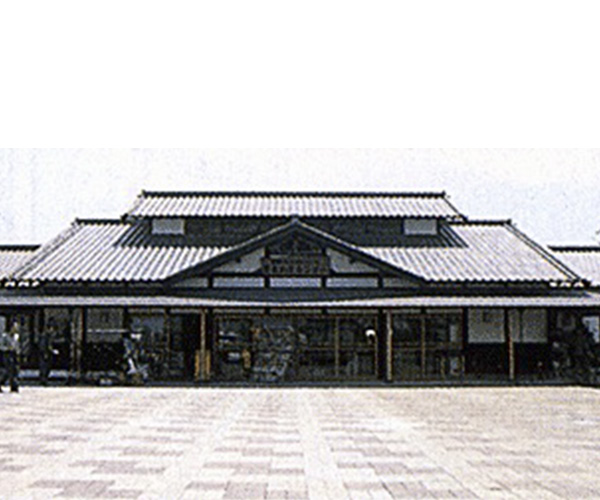
This is the birthplace of “Kan’ichi Shimofusa,” a musician and producer of many famous nursery rhymes. It is said that the atmosphere of the old town of Ōtone was his inspiration when composing songs such as “Tanabatasama,” “Nogiku” and “Hanabi.” “Ōtone Koshihikari” rice, harvested with plentiful water and one of the leading varieties “delicious Koshihikari” rice from Saitama, is sold here as “Dōyō no Furusato Ōtone" (hometown of nursery rhymes, Ōtone).
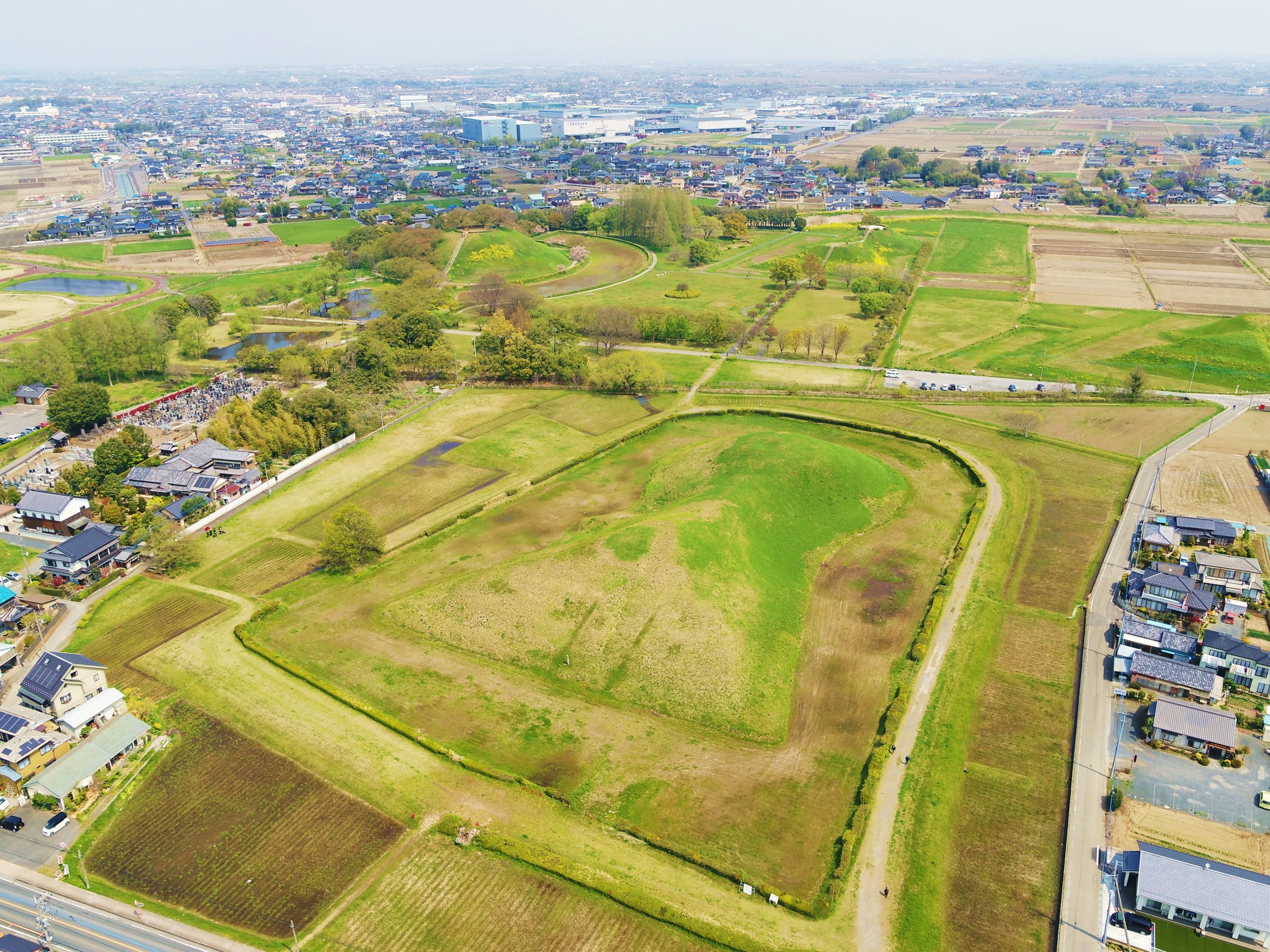
Many valuable cultural properties are stored here, such as the “Sakitama Kofun" (megalith tombs) built between the late 5th century and early 7th century and the national treasure “Musashi Sakitama Inariyama Kofun Artifact." At this facility you can also climb both the Inariyama Kofun and Maruhakayama Kofun. (For more information regarding the facility, please refer to the URL below.)
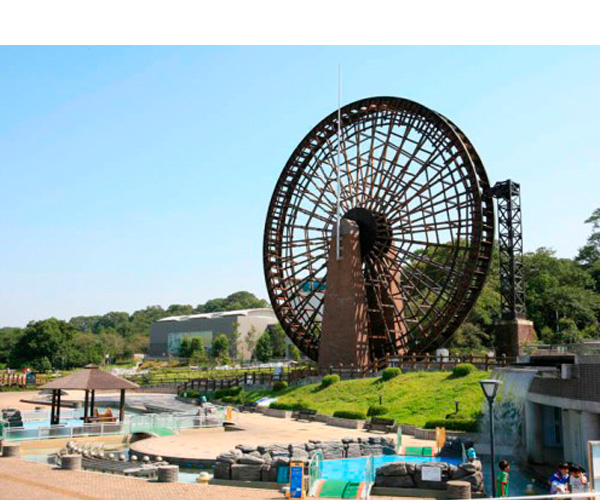
The Saitama Museum of Rivers is an experience-oriented comprehensive museum centering around the Arakawa river with the theme of water and the livelihood of people.
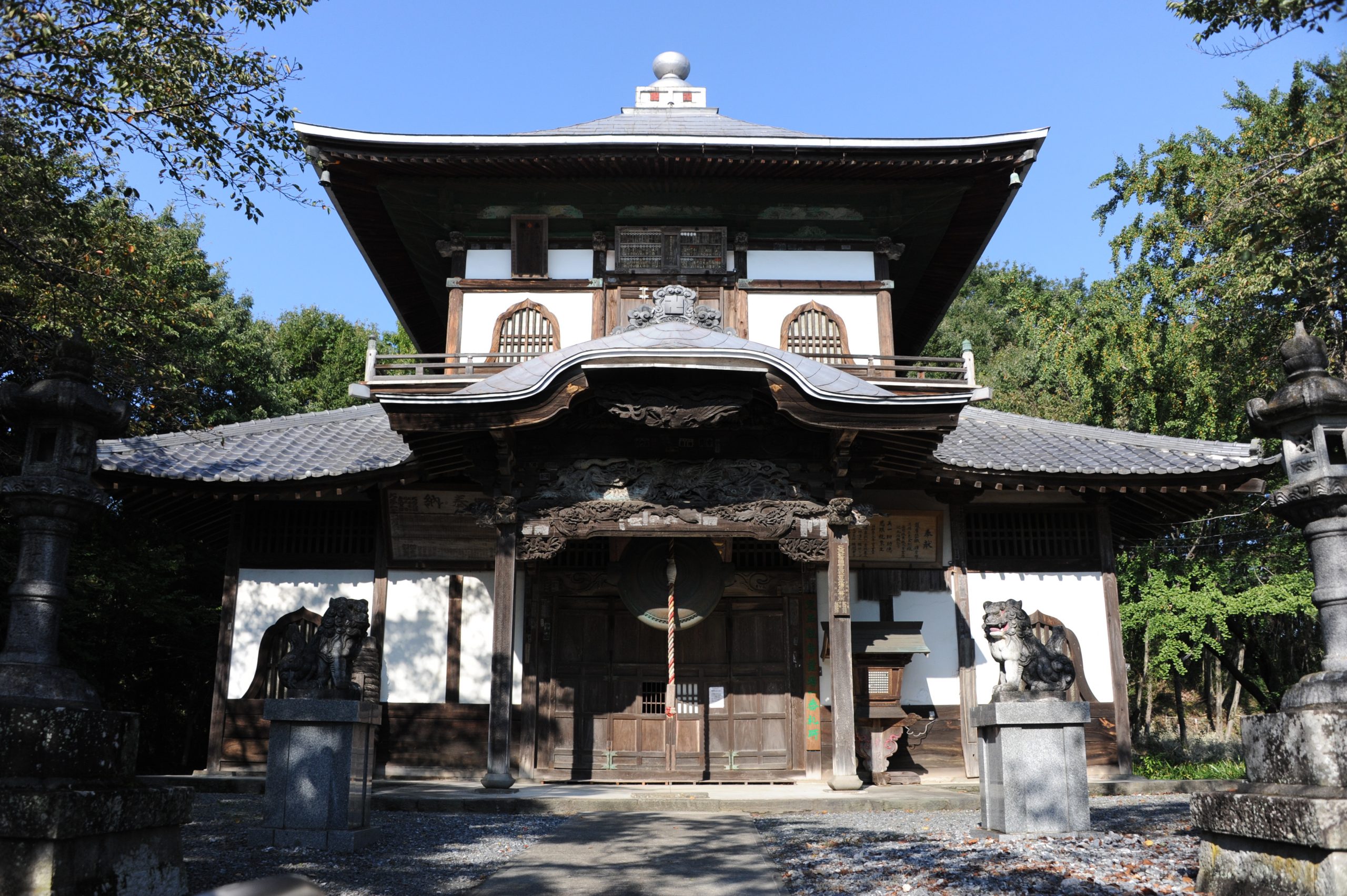
Jōshinin Hyakutai Kannon-dō, commonly called “Sazaedō,” was built to mourn the victims of the great volcanic eruption of Mt. Asama in 1783. The architecture has a rare helical structure with two exterior layers and a three-layer interior spiral corridor, enabling worshippers to practice the Buddhist etiquette of walking around a corridor three times in a clockwise direction (unyosanso). The first layer enshrines the Kannon of the Chichibu Sacred Site No. 34, the second layer enshrines the Kannon of the Bando Sacred Site No. 33, and the third layer enshrines the Kannon of the Saikoku Sacred Site No. 33. The reception desk is located at the Honjo City Tourism and Agriculture Center.
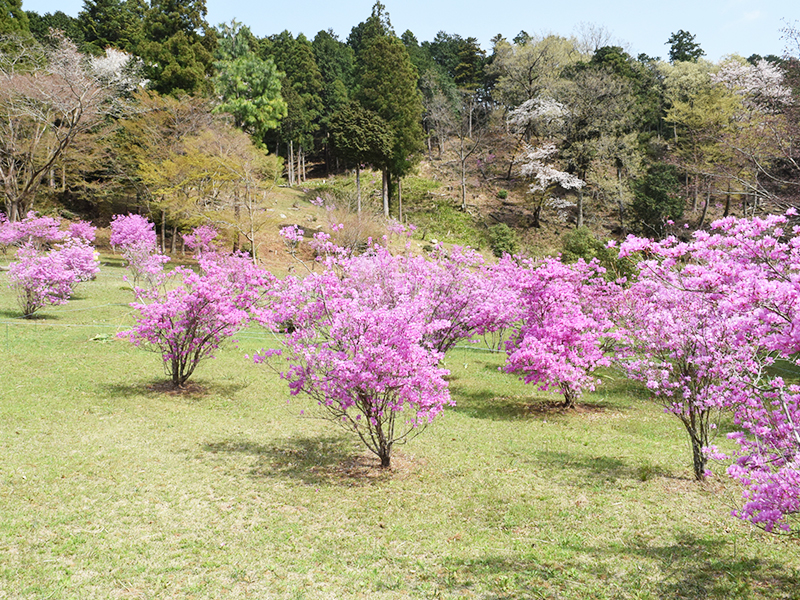
This flower garden, dedicated to a variety of early-blooming azalea called Rhododendron dilatatum (mitsuba tsutsuji), was born from the cultivation of this piece of mountain forest over a span of 10 years. In early April, roughly 2500 flowers bloom creating a world of stunning floral beauty!
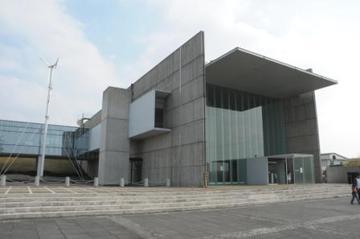
The Center for Environmental Science in Saitama is a core institution of environmental sciences which combines an environmental education center and the national institute for environmental studies in one facility. We offer various exhibitions and events through which local residents can study about the environment. Renovations were completed in 2020, and a new exhibition hall, “Sai Kankan,” has been added. Please come and see the changes for yourself in this eye-catching renewal! The giant theater in Sai Kankan Dome has an enormous screen that fills your entire field of vision. There are two shows: “A Chapter on the Earth’s Environment,” which takes on global environmental issues, and “A Chapter on the Biological Environment,” which views environmental issues through the lens of a dragonfly. There are 42 seats available.
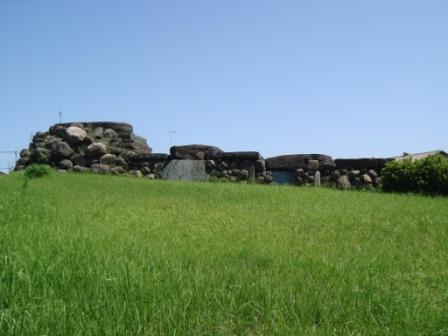
The Hachimanyama Kofun (Mount Hachiman megalith tomb) in Gyoda City is the main tomb of the group of Wakakodama tombs found in this area. Restored in 1981, it is estimated to have been built in the 7th century and has a diameter of 80 meters. The “Urushi Nuri Mokkan" (lacquered wooden casket) was excavated from the stone hut in almost perfect condition, with those buried inside assumed to have been people of power. It is called “Kanto-no-Ishibutai" (the stone stage of Kanto) because it is similar to the Ishibutai Kofun (stone stage tomb) at Asukamura of Nara Prefecture.
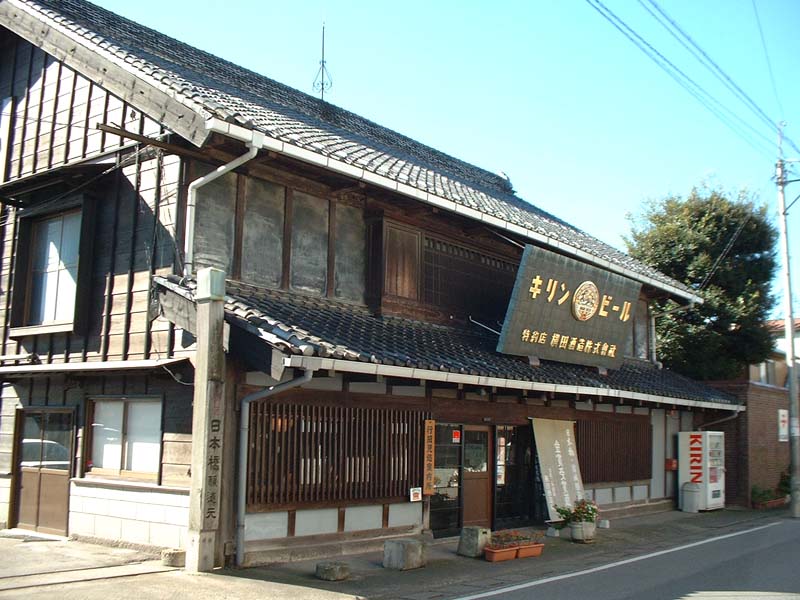
This brewery was established in 1805 when Omi merchant, Shoemon Yokota, traveled from Edo to Gyoda City in search of good water. The area closest to Tone River and Arakawa River was found to have plentiful groundwater and this brewery continues to produce exquisite sake made from it. Employing Nanbu-style brewing techniques, known for producing a high quality Ginjo sake, they produce sake in which one can taste the spirit of the brewer, a highly regarded "sake of excellence."
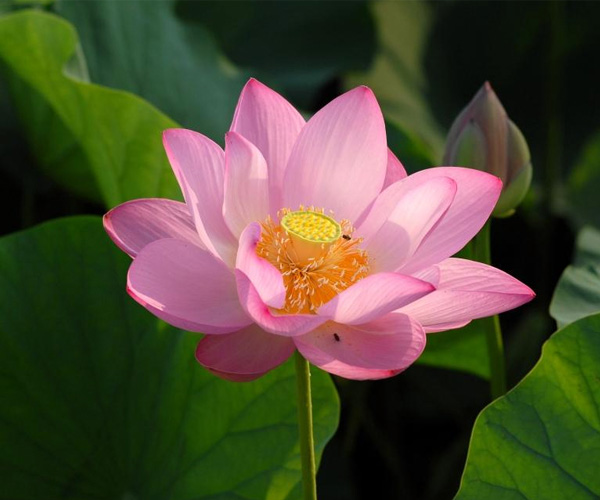
Around 200 flowers bloom here during peak season. Based on analysis, this is an ancient variety of the lotus flower, and while the exact age cannot be determined, it is estimated to be a variety from the Heian period, around 1,200 years ago. The best time to see them is around early to late July, when the flowers begin to bloom at around 5AM. Since the pond is located in the middle of a residential area, please keep quiet when visiting.
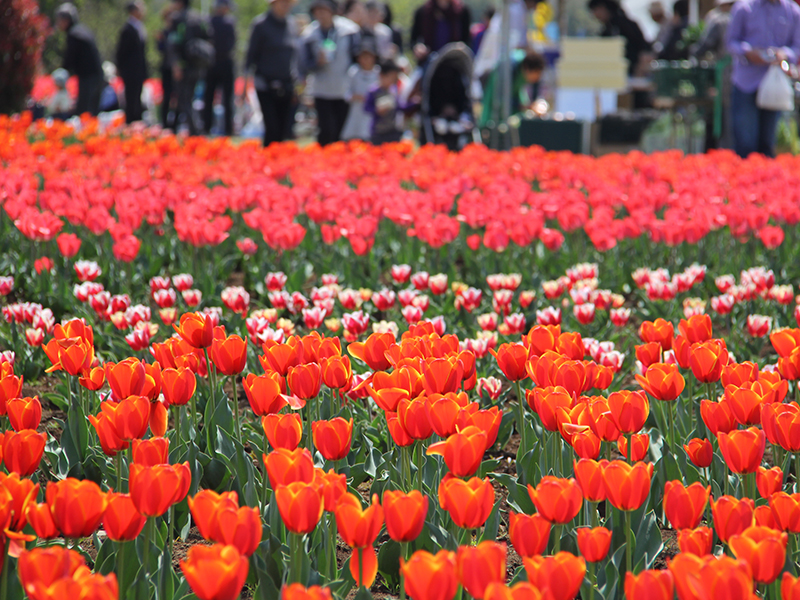
Hana no Oasis (flower oasis) is a park located in the Teraya district, the birthplace of flower production in Konosu. In spring, a tulip festival is held among 40,000 tulips. In autumn, you can enjoy the late-blooming sunflowers.
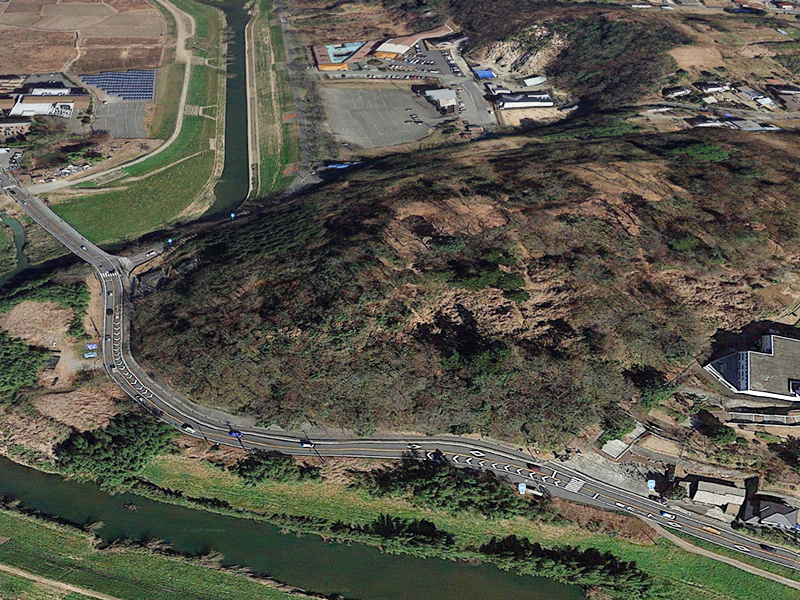
Matsuyama Castle Ruins, built at the top of the Hiki Hills, is one of the most prominent flat mountain castles in the Kitamusashi region and was designated a prefectural historic site in 1925. In 2008, it was added to the Hiki Castle Site Group, alongside the already designated Sugaya Yakata ruins (Ranzan Town), Sugiyama Castle ruins (Ranzan Town) and Ogura Castle ruins (Tokigawa Town, Ranzan Town, and Ogawa Town). The castle is surrounded by a low marshy area formed by the Ichino River, creating a natural fort.
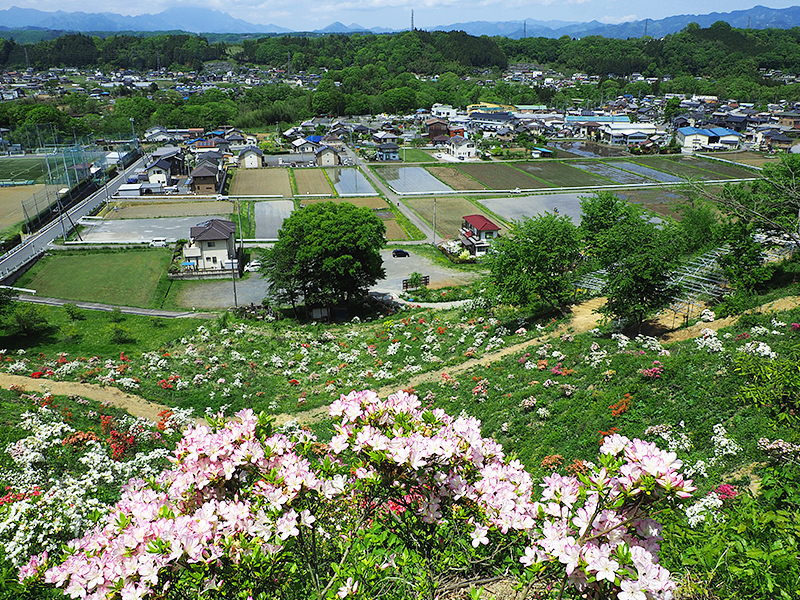
This small, charming hill of approximately 4 hectares has been maintained by local residents and volunteers as a gathering place to watch flowers bloom. Visitors can enjoy a carpet of greenery and mainly white flowers like out of a fairytale; over 6,000 flowers and trees that change from season to season. The town also collaborated with Musashino Art University for a joint project between government and academia to create three integrated artworks, adding even more charm to the park.
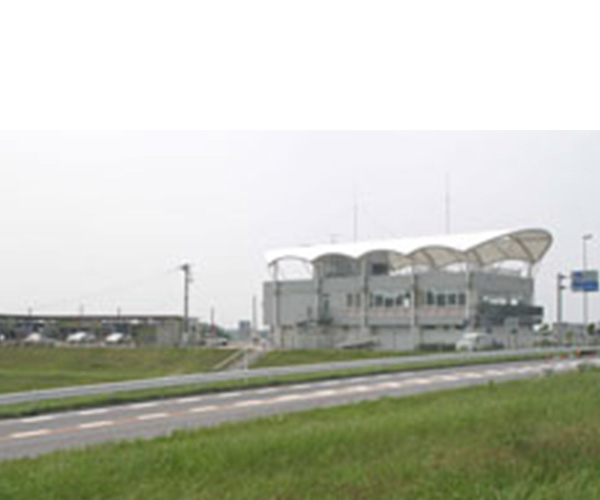
A roadside station with a full view of Watarase-yusuichi (a vast wetland and vibrant wildlife habitat). There is a facility selling products such as Koshihikari brand rice, grown on the fertile land of Kitakawabe area, and fresh local vegetables such as the Momotarō tomato. The richly flavored handmade soba available at the farm restaurant is also very popular, with many repeat customers. This new attraction is very unique to Japan as it straddles three prefectures, resulting in the roadside station being responsible for its overall promotion.
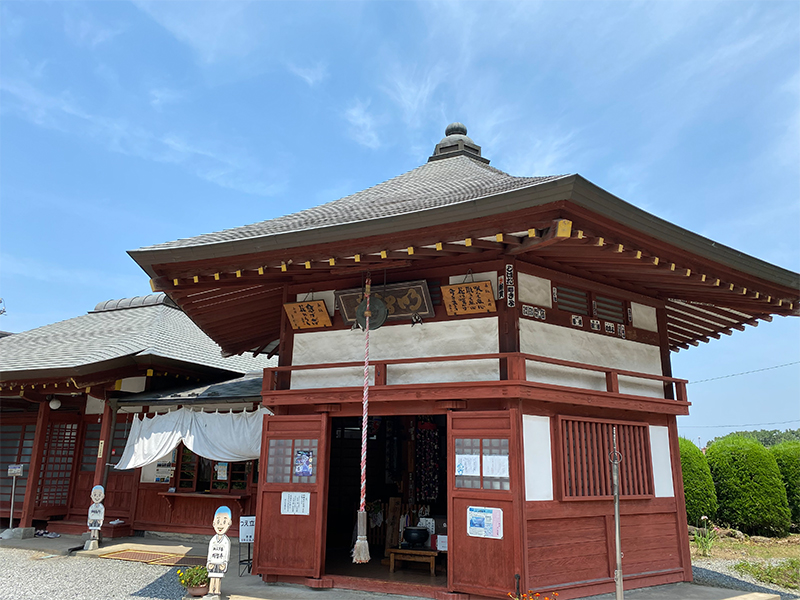
A temple for safe childbirth and child-rearing, and protection from evil. The main deity of the temple, Nyoirin Kannon, or Cintamanicakra, is said to be the God of Mercy and Wisdom, who holds a wish-fulfilling jewel that removes evil and purifies the clouded mind, relieves suffering, and bestows prosperity by giving gold and silver treasures. In the precincts of the temple are three Muromachi period (1336-1573) blue stone pagodas of the three Amitabha images and a mound of letters from the first year of the Hoei era, in which women wrote down their wishes and deposited them.
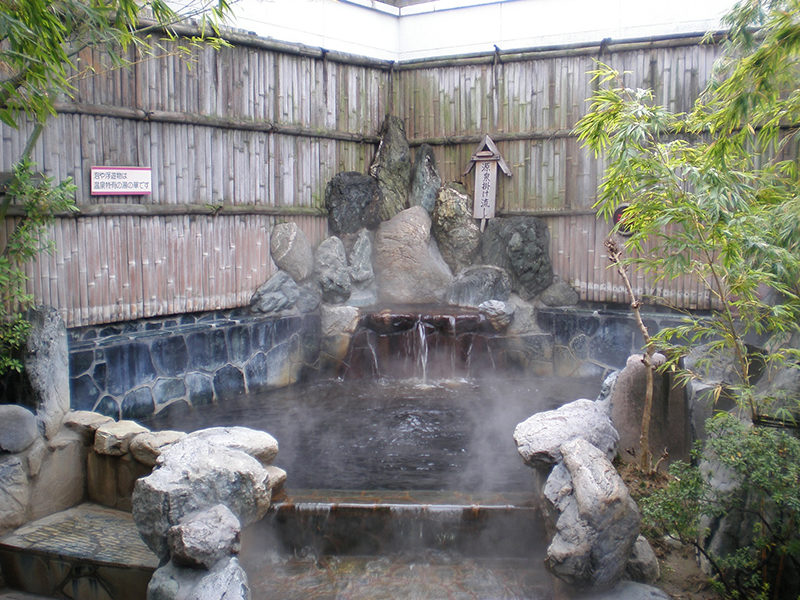
This black water (kuro-yu) hot spring, distinct to the Kanto area, is located along the National Route 4 bypass. In addition to the hot spring baths flowing directly from the source, you can enjoy jet baths, salt saunas, high-temperature saunas, medicated baths and utaseyu (striking water baths).
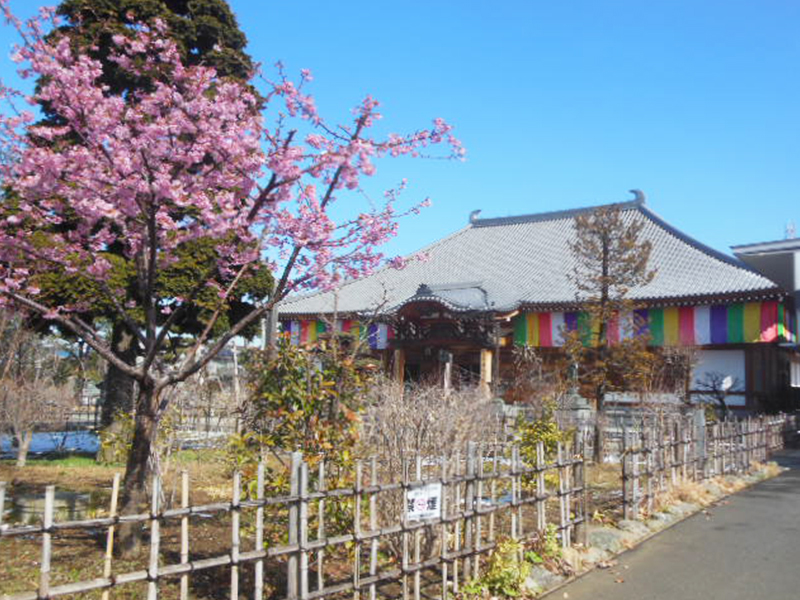
Henjoin Temple was founded in 1394 during the Muromachi period Oei Era (1394). The main deity of the temple is the Great Sage Fudo Myoo. He is believed to take the form of pure anger in order to guide those whose sins are so deep that they can't be brought on the right path in any other way. He is worshipped as a Buddha who fulfills wishes, prevents disasters, and provides wealth.
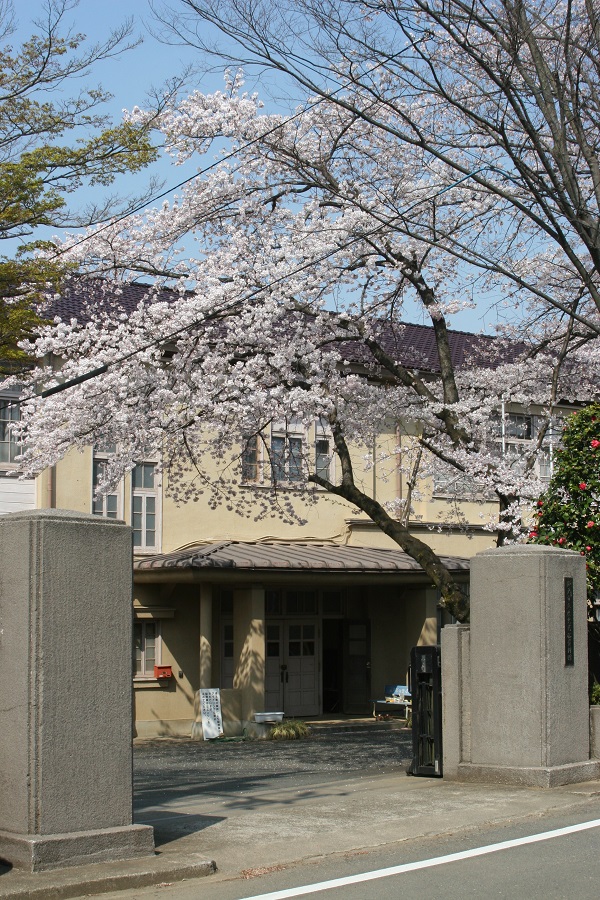
The Sakado City Historic Folk Museum was opened in October of 1980 as part of a municipal commemorative project with the aim of contributing to the development of education, learning, and culture. The building is a reconstructed and repaired portion of the former Suguro Elementary School building, and displays archaeological artifacts excavated from ruins found in the city, as well as folk materials collected from each region. The many folk tools on display are the witnesses of history; representing the wisdom gathered by local predecessors after years of cherished use, while also demonstrating the lifestyle at that time. In addition, archaeological artifacts such as the Haniwa human clay figures excavated from the Kitamine Kofun tombs and roof tiles from the ancient abandoned Suguro Temple, are materials representing Sakado City. In addition to permanent exhibits of these materials, the museum also holds special exhibits of folk tools.
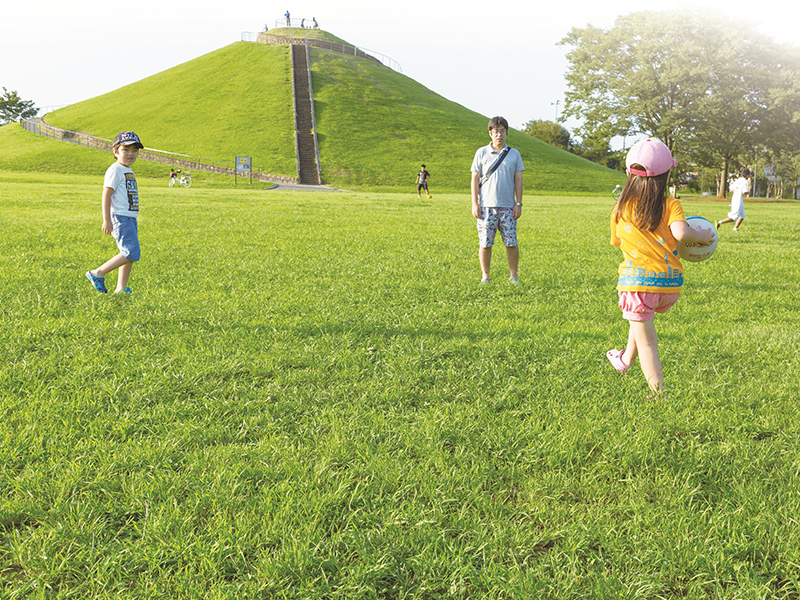
From the top of the park's symbol, the 16-meter high "Yoshikawa Mount Fuji," you can enjoy a panoramic view of the city. On a clear day, you can see the Tokyo Sky Tree and, if you're lucky, you can even see the real Mount Fuji! The majority of the park is covered by green lawn, making the park feel spacious and open.
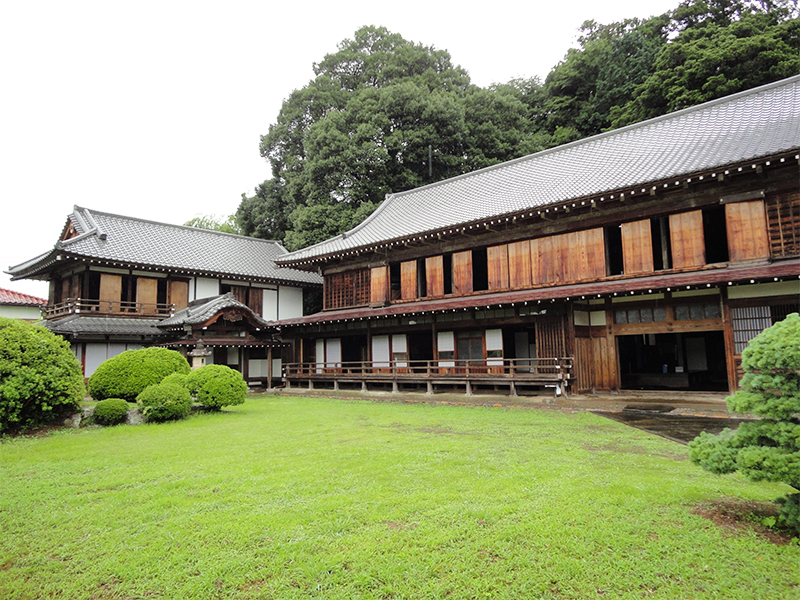
This residence, built during the end of Edo period to the first half of the Meiji period, centers around the main building and guest hall, which includes a barn and two storehouses. Featuring stone and white walls built facing the road, it is a beautiful representation of Komago scenery. The residence was designated as a national tangible cultural property in 2014.
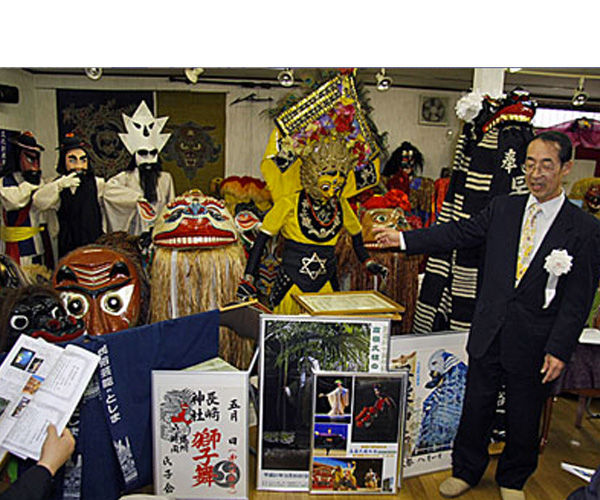
This is a private museum exhibiting ’Shishimai' (traditional lion dance), featuring authentic lion masks, costumes, documentation, performance videos from all over the country and local toys related to the lion.
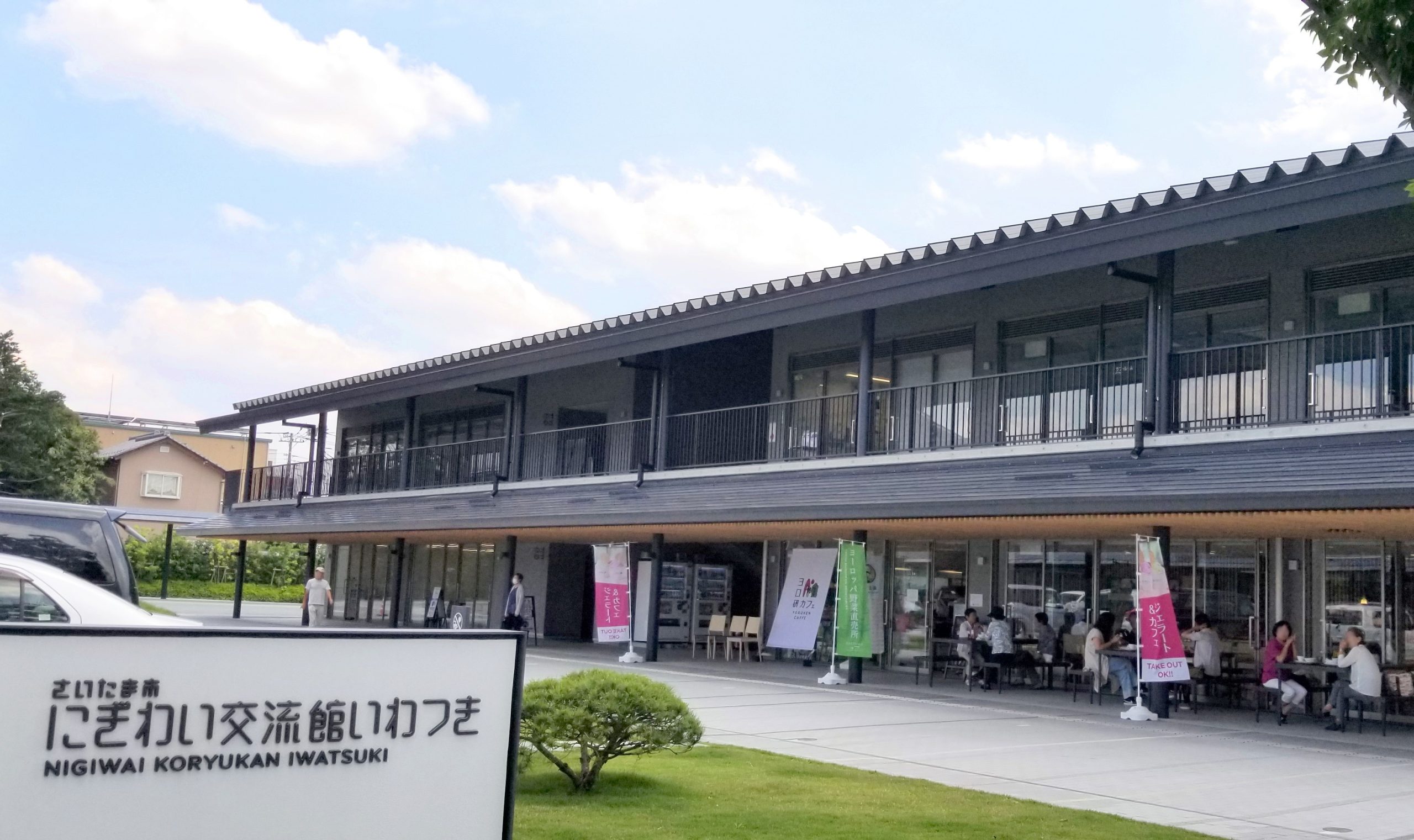
At our exchange center, attached to the Iwatsuki Doll Museum, we promote the history and culture of Iwatsuki. You can participate in various fun events, try cafe menus, local specialties, eat delicious locally harvested vegetables, gain new knowledge, and meet new people! This is a joyful place where people and information come together.
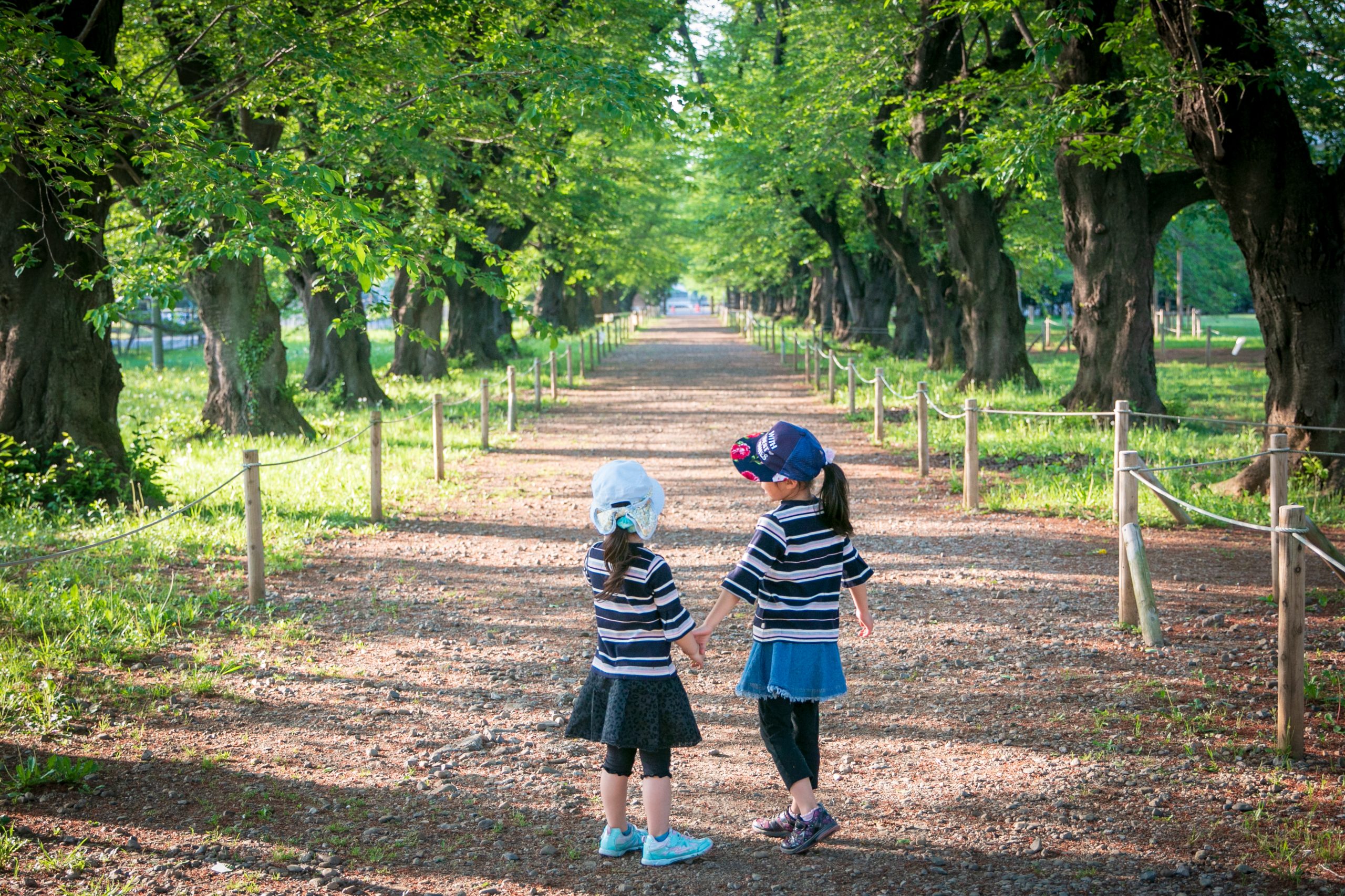
"Musenyama, KDDI Forest" is number thirteen of the fourteen designated Green Trust Conservation sites in Saitama. Located on the eastern edge of Ōmiya Plateau, the area consists mainly of jolcham oak and other deciduous broad-leaved trees. On the west side, there is also a row of Yoshino cherry blossom trees that attract many people in the spring. There was once a station for wireless transmission belonging to KDDI Corporation located here. As a result, the mountain area was nicknamed "Musenyama" (the wireless mountain), by locals.
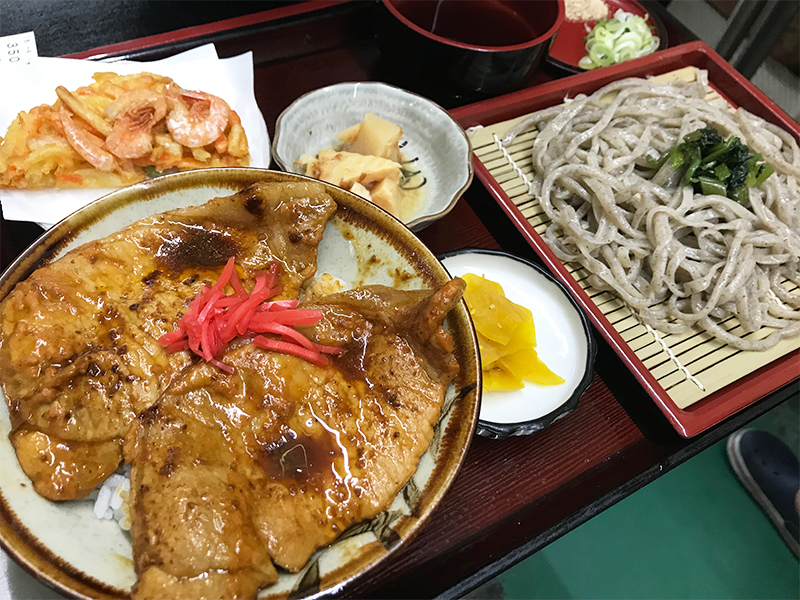
Enjoy country-style handmade soba, udon, and other set menus long popular among the farmers of Ashigakubo. You can also enjoy strawberry picking! The strawberries are bright red and packed with juicy sweetness. Strawberry picking is located right next to Menya Kinoko Chaya. If you want to pick strawberries, stop by Menya Kinoko Chaya first. ※ Time limit of 30 minutes per entry. ※ We would appreciate it if you could contact us in advance.
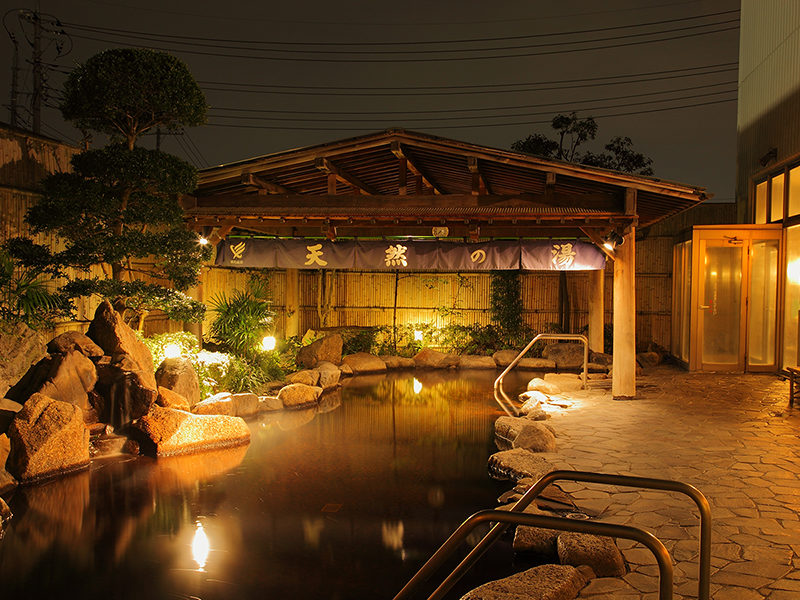
The waters of this hot spring contain no sodium, classifying it as a "simple" alkaline hot spring, a rarity in the Kanto region. The color of the water is dark brown but sparkles gold when hit by sunlight. Soaking in the hot spring will make your skin smooth, and you are guaranteed to have a relaxing time.
This site uses cookies to improve the user experience. If you continue to browse, you consent to the use of cookies on this site. Accept
CONTACT
